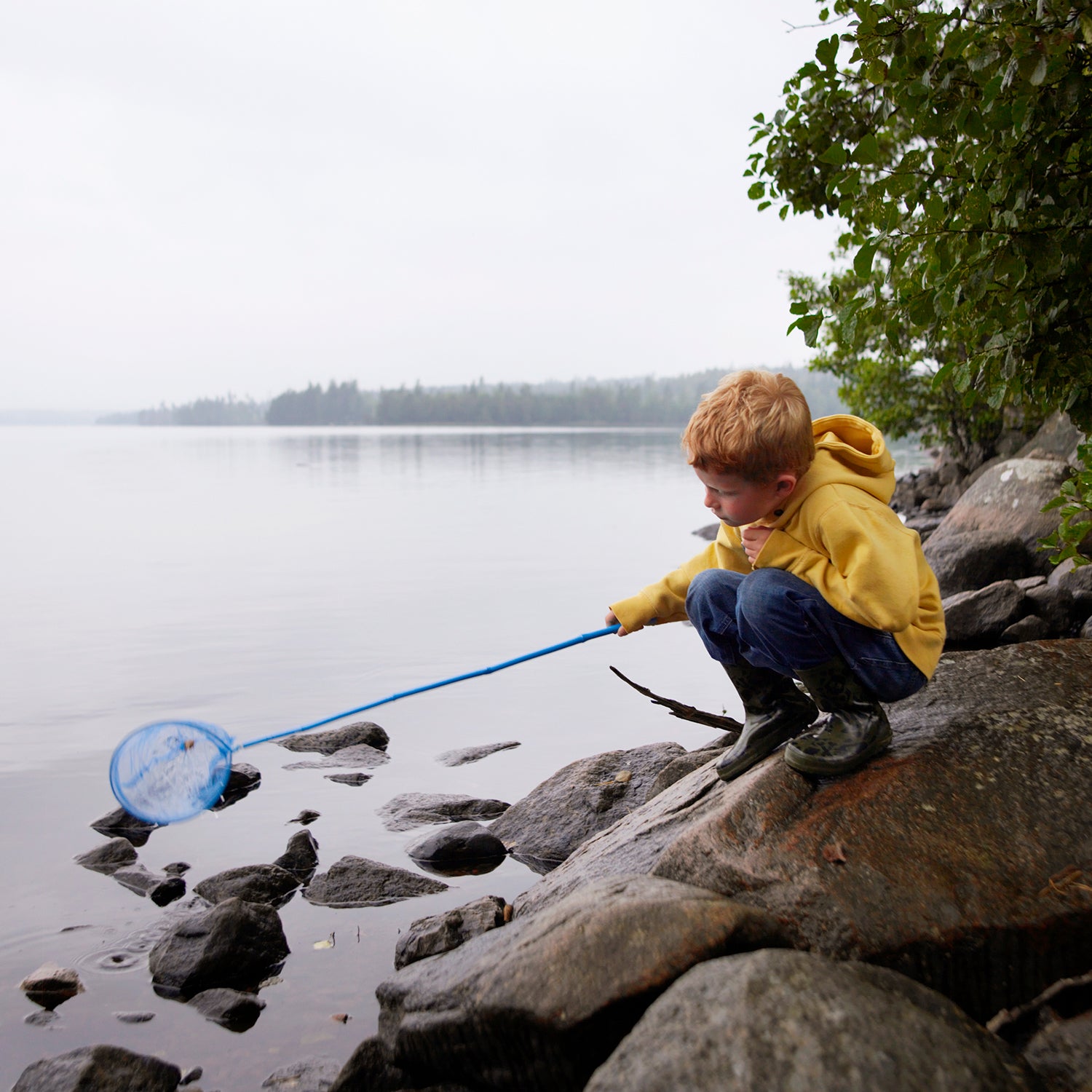Every November, my daughters’ public elementary school in Santa Fe, New Mexico, has a tradition: parents and students gather in the garden to eat fresh-baked bread from the horno, a domed outdoor oven made from mud and straw similar to those found throughout Native American pueblos across the Southwest. The children help make the dough, tend the horno, and serve the loaves with olive oil infused with herbs they planted.
It’s easily the best day of the school year. Outside, surrounded by parents, teachers, and kids, we break bread together, give thanks for local and native traditions, and have a chance to witness the skills our kids have learned that go beyond the regular curriculum. And each year I think, If only we could do this more often.
In one school district in Alaska, they do.
In the remote village of St. Mary’s (population: 541), near the confluence of the Andreafsky and Yukon Rivers, schoolchildren from kindergarten through 12th grade regularly spend time getting practical lessons in the outdoors. They practice subsistence skills like fishing, mending nets, making harpoons, and gathering mushrooms and berries. As part of the “relevant instruction” program, launched in 2003 by St. Mary’s School District superintendent Dave Herbert, students head out on one- to five-day trips to learn about the indigenous Yupik way of life and harvest food for the winter. (There are more than 20,000 Yupik in southwestern Alaska, where the school is located.) The youngest kids forage for blackberries. Middle school students go ice fishing, set nets for whitefish, and harvest tundra tea. High schoolers even hunt moose. Afterward, back in St. Mary’s, the schools host an annual Fall Feed for the community, sharing the bounty of what they gathered and learned.
The trips blend state-mandated academics with experiential learning. Students keep daily journals and answer writing prompts, use GPS coordinates to plot waypoints like campsites, collect data on the types of flora they encounter, and measure and count everything they catch or harvest. In a 2012 interview with Alaska Public Media, Herbert said the program has “built a sense of pride in the school” and in the larger community. (He did not respond to my interview request, however.)
In addition, the boost in morale has translated to higher attendance rates and fewer suspensions in St. Mary’s—a correlation supported by national data. In its 2010 report Back to School: Back Outside, the National Wildlife Foundation collected numerous recent studies showing that students exposed to outdoor education perform better in reading, math, and science; spend less time using electronic screens and social media; and glean lifelong leadership skills. Even short forays outside make a difference: a 2009 review in the Journal of Environmental Education cited nine recent studies showing that time spent in the school garden improves students’ academic performance and develops environmental stewardship that lasts into adulthood.
If schools are serious about improving student scores—and lives—they’d be wise to start looking at the type of education that doesn’t come from a textbook. Even if it comes from something as simple as the horno.

